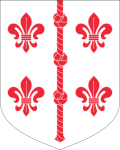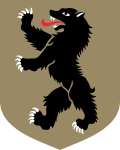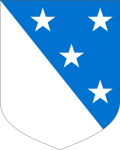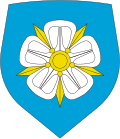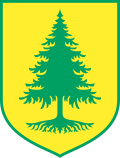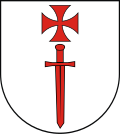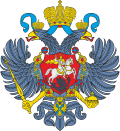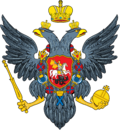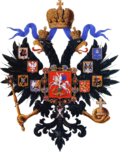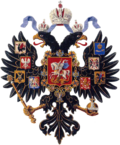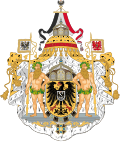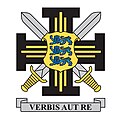The coats of arms of the 15 counties of Estonia are presented below.
Contents
- National
- Military
- Estonian Land Forces
- Estonian Navy
- Estonian Air Force
- Counties
- Harju County
- Hiiu County
- Ida-Viru County
- Jõgeva County
- Järva County
- Lääne County
- Lääne-Viru County
- Põlva County
- Pärnu County
- Rapla County
- Saare County
- Tartu County
- Valga County
- Viljandi County
- Võru County
- Historical Arms
- Colleges
- See also































